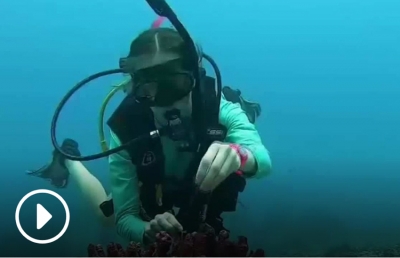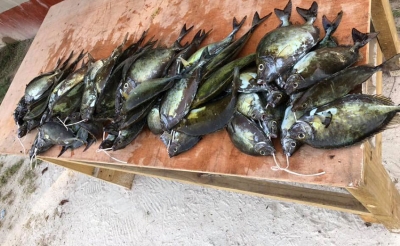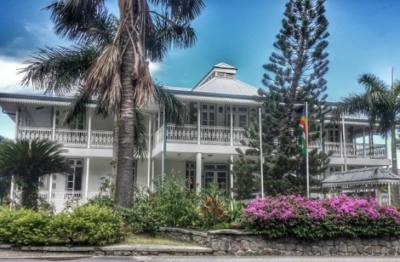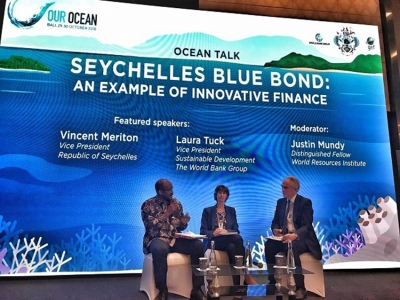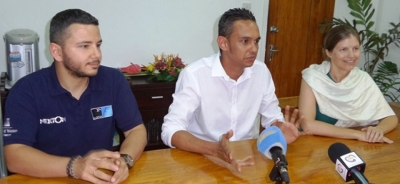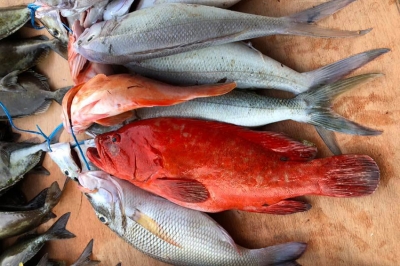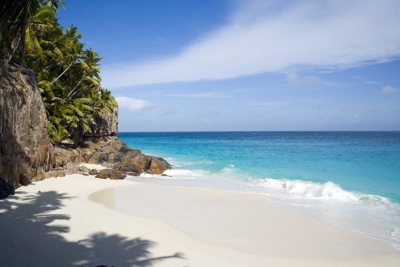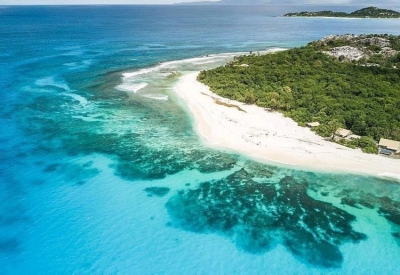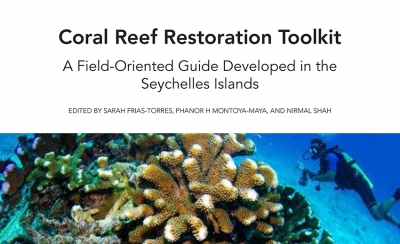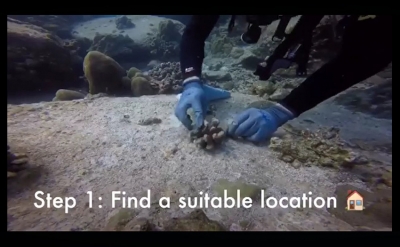
Super User
(Sky News Report) Deep Ocean Live: Climate change is killing the ocean's coral reefs
Rising sea temperatures are having a devastating impact on the coral reefs surrounding the holiday islands of the Seychelles. 'Coral gardeners' are trying to save the reef – but they warn it won't be enough until the world stops the oceans warming. Sky News was taken to the reefs off Cousin Island - here's what they saw: http://po.st/ouhY0b
Study: Climate change has taken a toll on fisheries globally
Climate change has taken a significant toll on many of the world's fisheries, and overfishing has magnified the problem, according to a new paper. Ocean warming led to an estimated 4.1% drop in sustainable catches, on average, for many species of fish and shellfish from 1930 to 2010.
SNA: 4 Seychellois detained, charged for fishing in Mozambique's waters
(Seychelles News Agency) - The Seychelles' Department of Foreign Affairs said on Monday that it is providing consular assistance to four Seychellois men being detained at a prison in Mozambique on charges of illegally fishing in Mozambican waters.
Seychelles’ plans to advance Blue Economy highlighted at African Union
(Seychelles News Agency) - The Seychelles’ experiences, challenges, achievements and upcoming plans for advancing the Blue Economy were highlighted by the island nation’s Vice President Vincent Meriton at the 32nd summit of the African Union.
Nekton mission to explore Seychelles’ waters to study Indian Ocean’s ecosystem
(Seychelles News Agency) - The deep ocean around the Seychelles islands will be explored as part of a bigger expedition to study and better understand the Indian Ocean’s ecosystem. The mission led by Nekton Deep Ocean Research Institute is expected to take place in March
Beyond coral reefs: Tropical marine conservation needs to change as coral reefs decline
There is an urgent need to act on the warnings of a widespread decline in the productivity of coral reef fisheries, and broaden the focus of tropical marine conservation, say a group of experienced marine scientists. "Burying our heads in the sand as fisheries move and their negative impact is concentrated elsewhere can no longer be an option for marine conservation.
SNA: New campaign in Seychelles will raise awareness on the world’s first sovereign blue bond
Seychelles News Agency: A new campaign is to be launched in Seychelles to better inform the public on the world’s first sovereign blue bond, a financial instrument designed to support sustainable marine and fisheries projects.
Bangladesh, Seychelles, and Cocos (Keeling) Islands have relatively high rates of sea level rise, study says
Danger, Danger! A new study reveals that Seychelles, Bangladesh and Cocos Keeling Islands have high rates of sea level rise. These regions are therefore highly vulnerable to coastal flooding induced by the accelerating sea level rise in future decades, posing significant threats to coastal communities and ecosystems. The findings published in the Journal of Hydrology indicate that vertical land motion is an important factor affecting sea level changes for the regions of Seychelles and Cocos Islands. There is a strong relationship between air temperature and sea level rise for all studied regions. The study, Characterizing the Indian Ocean sea level changes and potential coastal flooding impacts under global warming, is a first attempt to examine regional changes in sea level of the Indian Ocean.
Press Release: Nature Seychelles launches Coral Reef Restoration Toolkit developed in the Seychelles
[Seychelles, December 10, 2018] The toolkit derives from a ground-breaking large scale coral reef restoration project the NGO has carried out in the Seychelles, an archipelago of 115 islands in the Indian Ocean off of East Africa.
Nature Seychelles, a leading NGO in the Western Indian Ocean, has announced the launch of a coral reef restoration toolkit developed in the Seychelles today.
Video: How to transplant corals onto a degraded reef using coral gardening
Nature Seychelles uses the coral gardening method to restore coral reefs affected by bleaching. Jake Letori, one of our Reef Rescuers volunteers illustrates the last stage of the method in this video to demonstrate the coral restoration process happening on Felicite Island, Seychelles:
Acroporid and pocilloporid colonies have been growing in a mid-water nursery for the past 12-months. My role was to help move these corals from the nursery and onto the reef. Here’s what you need to do.
[Step 1] Find a suitable space for a coral colony, preferably away from other corals. Make sure the position is a good fit, not easily dislodged by a hungry fish and secure enough to withstand wave and tidal movements.
[Step 2] Once in place you need to scrub. Scrubbing the reef surface will remove any algae and encrusting organisms that could slow coral growth and prevent you from cementing the coral.
[Step 3] Transplant your coral. We use the piping technique, maneuvering around the coral and cementing points of contact between coral and reef substrate.
Video: @j_letori on Instagram
